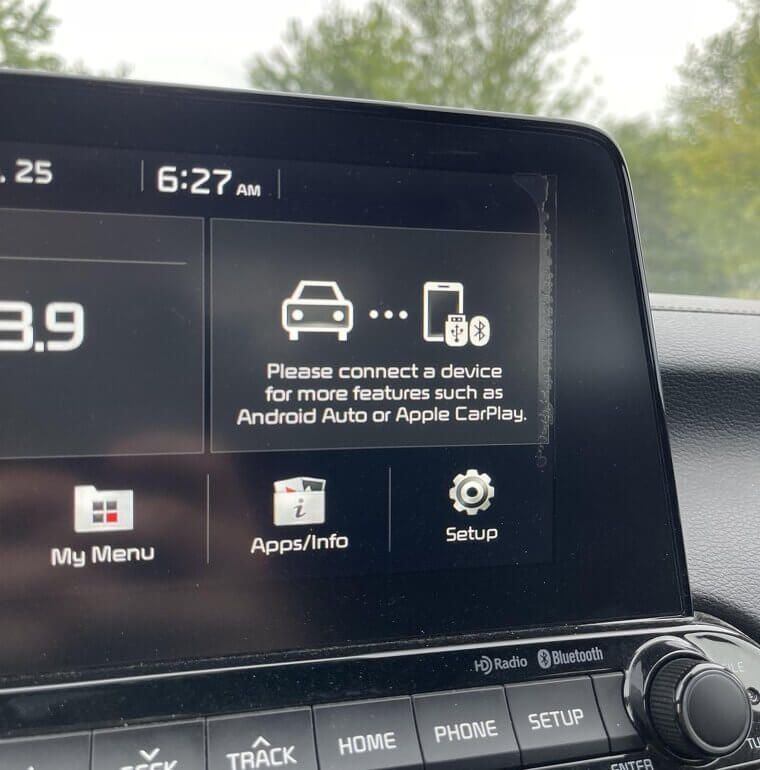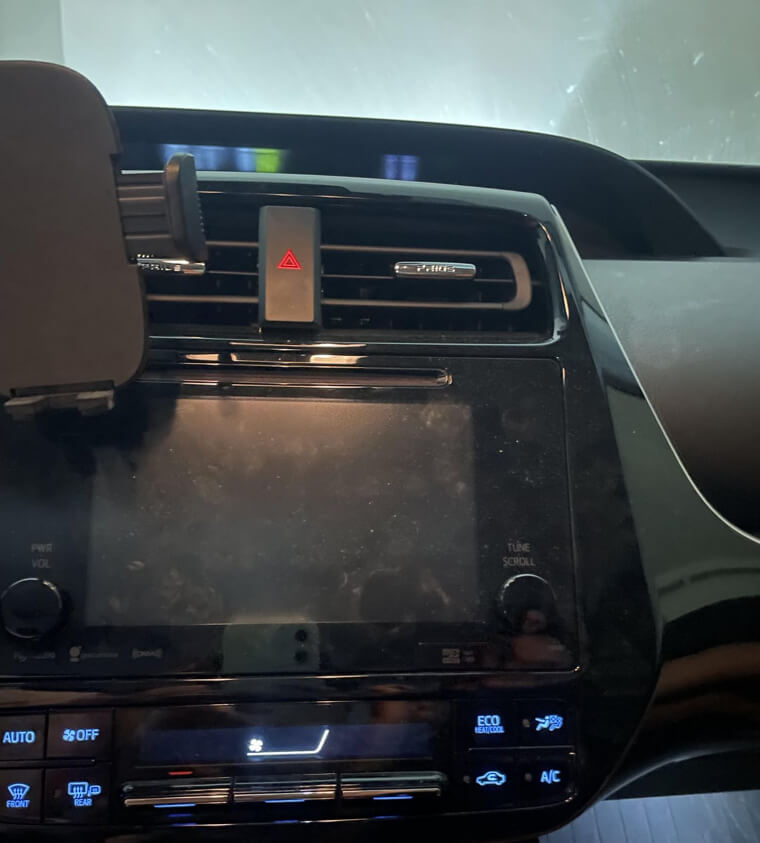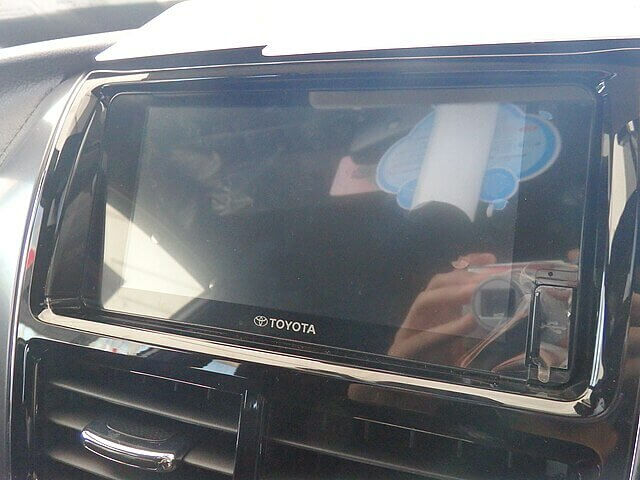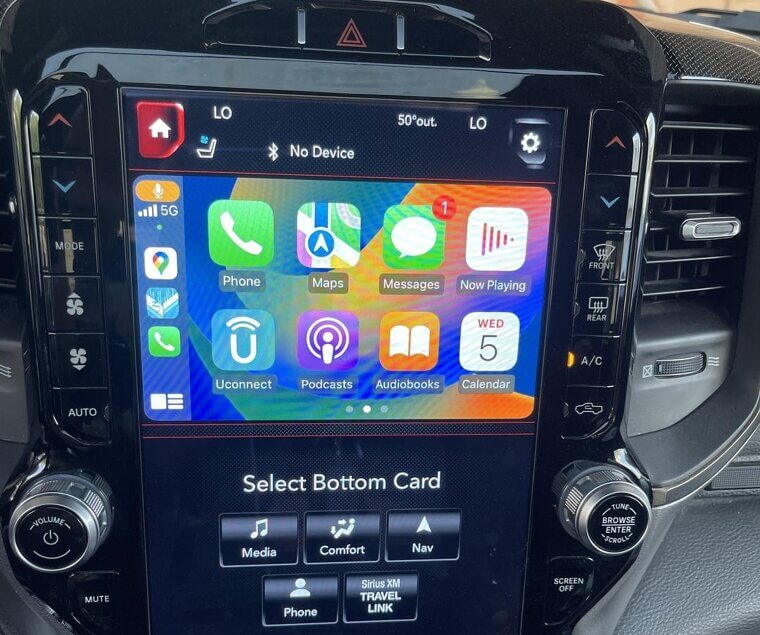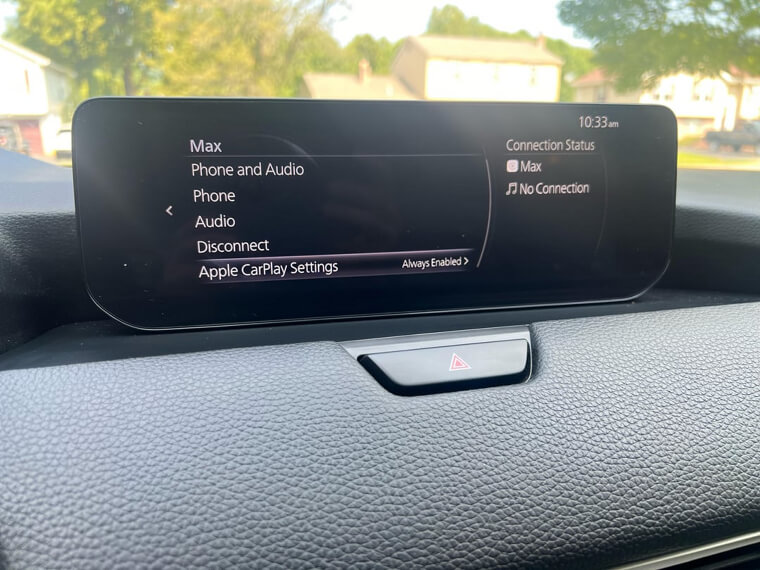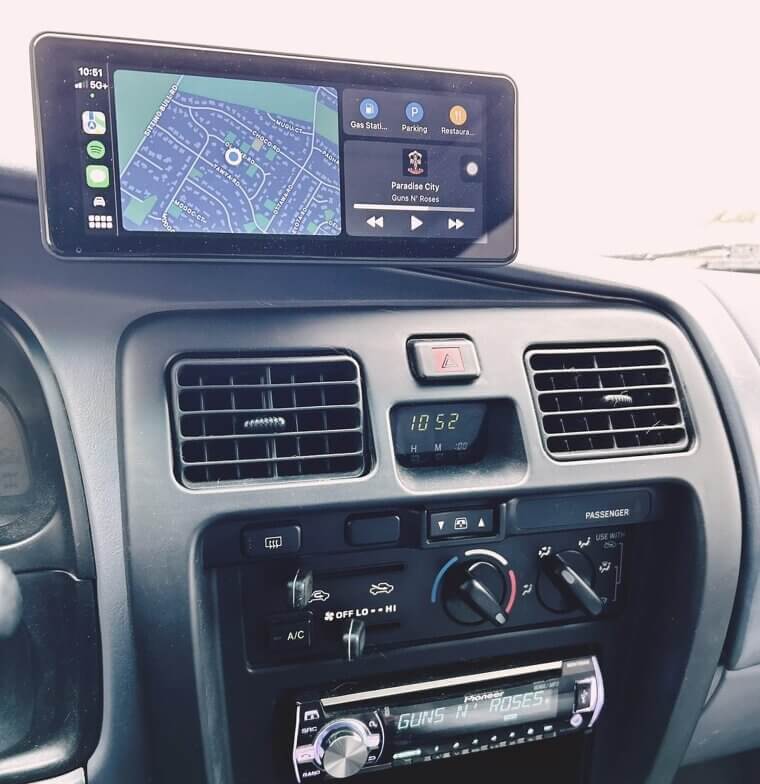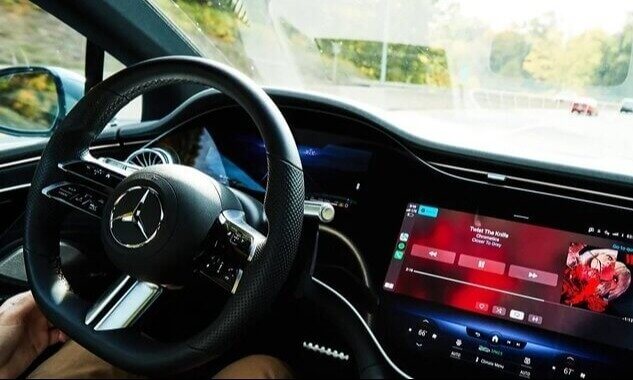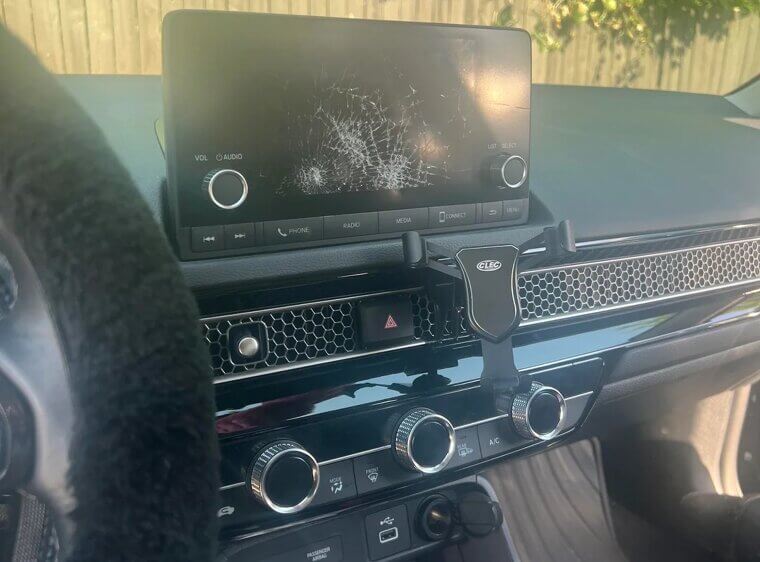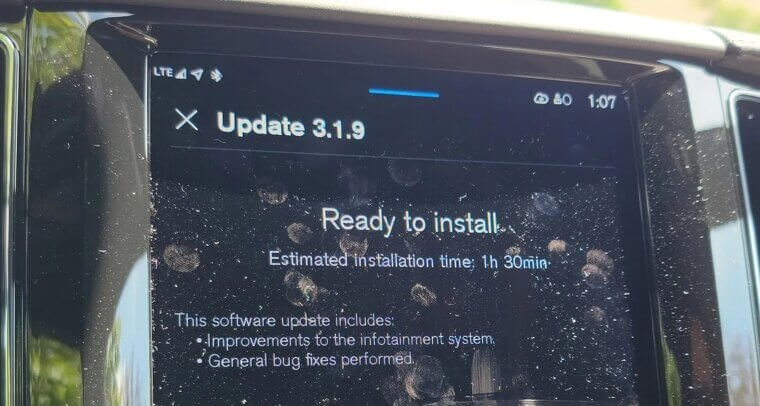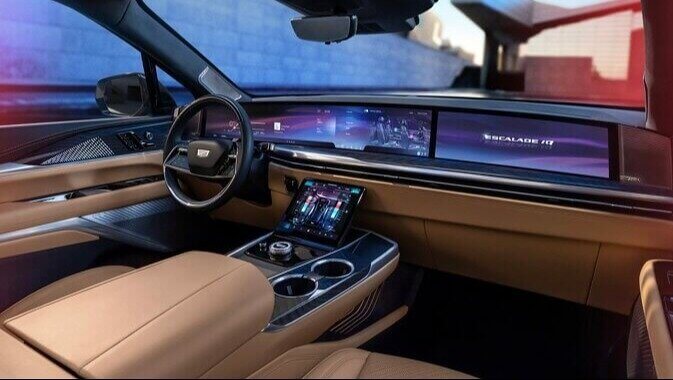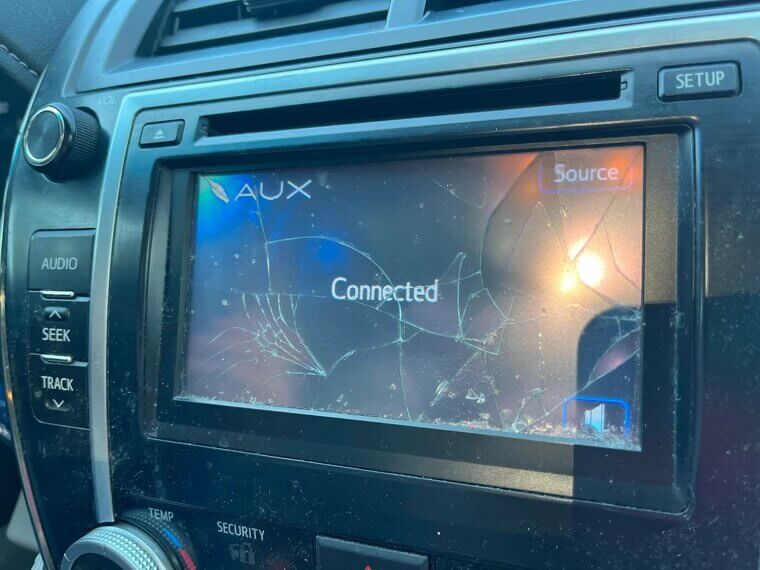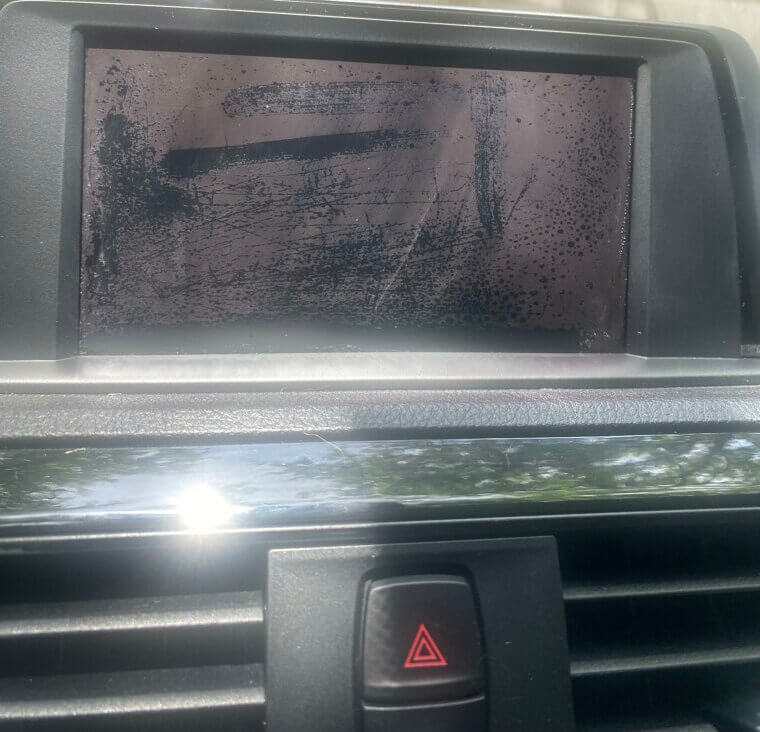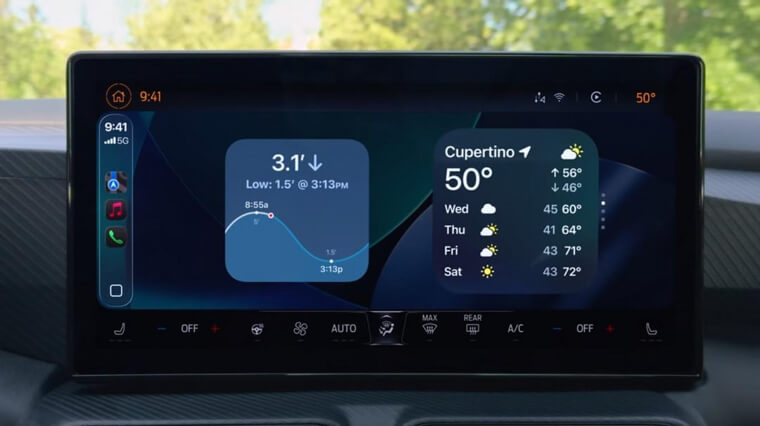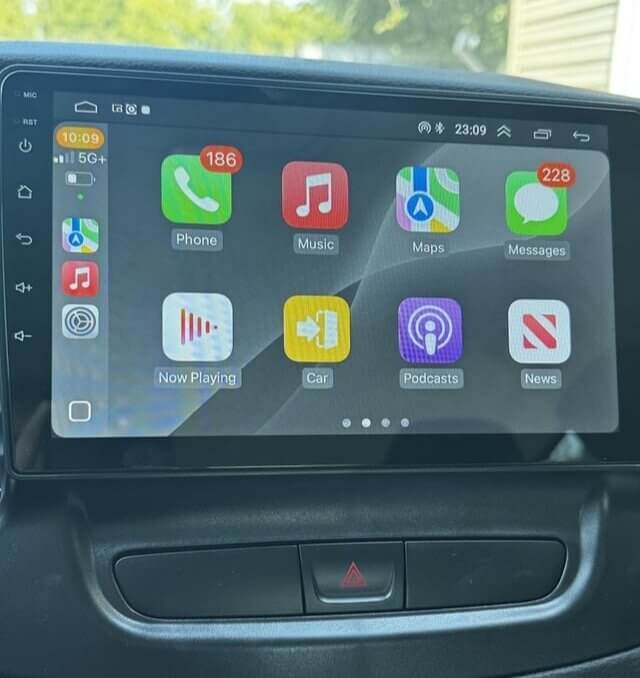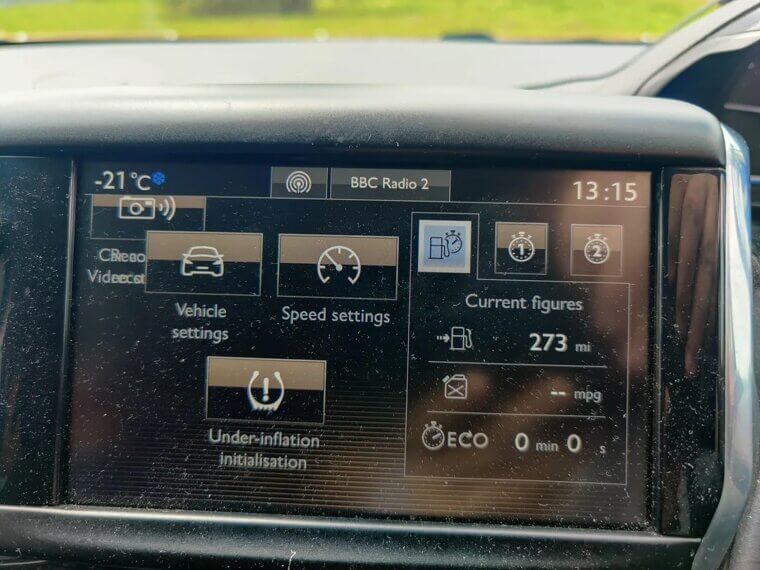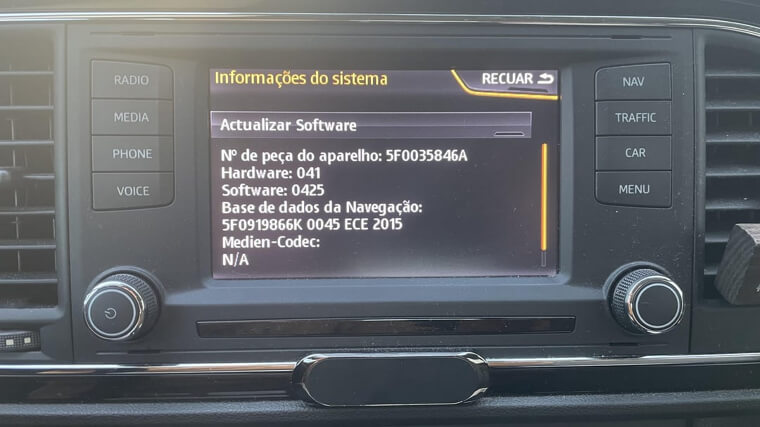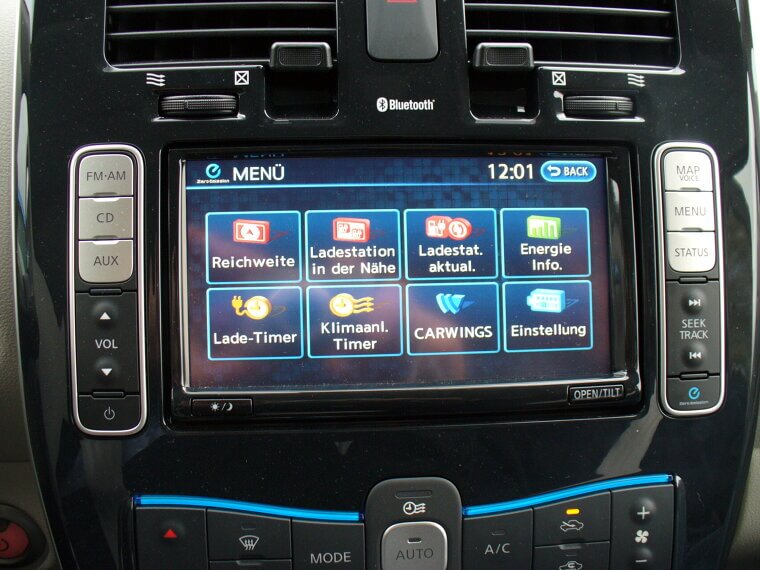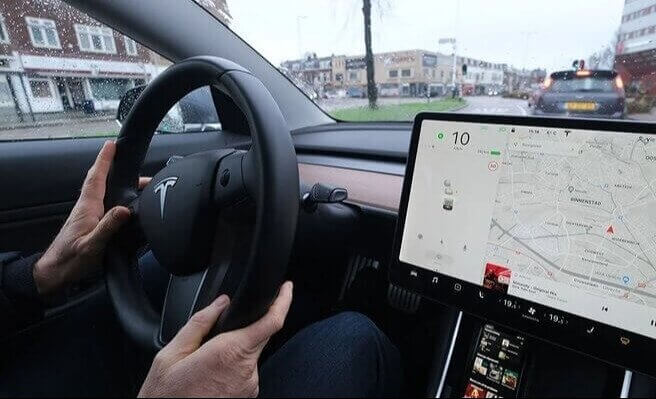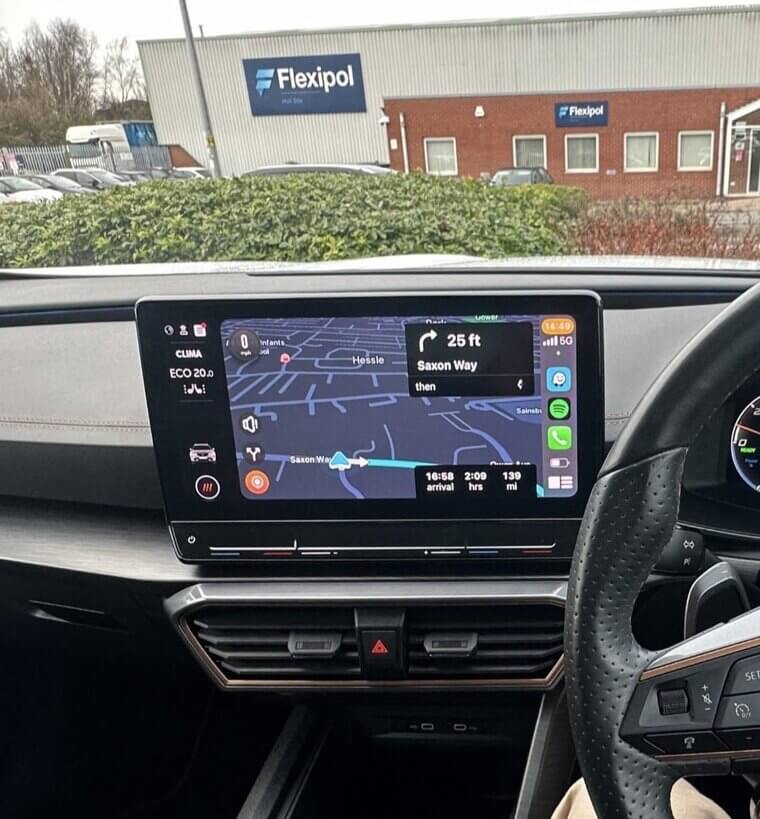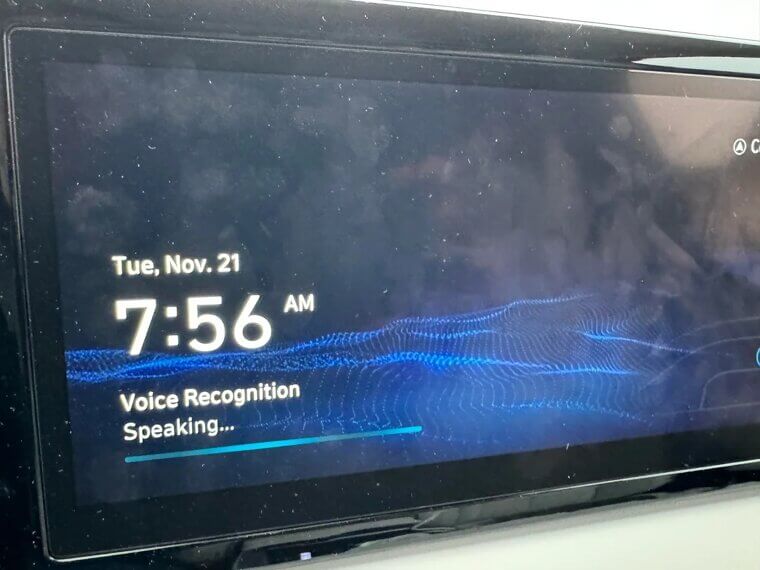Be Gone, Touchscreen Technology!
As touch screen technology has progressed, the integration of it within the automotive industry has always been a point of contention. While the primary purpose has been to enrich the user's experience on the road, it often falls short, acting more hazardous than helpful. Scroll to find out the daily frustrations drivers experience.
Lack of Tactile Response
For the most part, commercial vehicles have had a similar range of commonly established dials, buttons, and knobs throughout the years. Although finding them may vary from car to car, it often doesn’t take too long to get reacquainted with them once behind the wheel. Touchscreens in cars have been controversial from the outset, as they remove the tangible, familiar experience that drivers are accustomed to.
User Interface
Clunky, unresponsive, and unintuitive, to name a few. Having a user interface that creates more problems than quick solutions on the road can not only be a cause for a headache but also a serious safety risk. When a user interface is done wrong, it affects the overall experience a driver may have with the vehicle.
Sunlight Interference
When driving during the day, sunlight can often interfere with the view of the center touchscreen console. For example, if you are using a GPS and there is sunlight glare blocking you from following your route successfully. The reflection of light may also distract you from keeping your eyes on the road.
No Physical Backup Buttons
Often, modern manufacturers incorporate previously designed analog controls into the touchscreen console. This becomes an issue when the touchscreen fails to operate correctly, leaving no secondary option, as the original design may have been perceived as inferior or unnecessary to include. If the system stalls, you have no other option available.
Forgotten Practicality
Touch screens require multiple taps to navigate to a feature or setting that would previously have been accessible via an analog button. This can be particularly dangerous when driving, as your eyes are off the road for an extended period, among the frustrations of trying to tap correctly, especially on smaller screens.
Off-Kilter Displays
Some screens are installed in unconventional, unergonomic ways. Whether the display is positioned too low or too high, it can affect a driver's posture, particularly when a display is too far away in an uncomfortable position to reach. Stretching and reaching over while driving is not ideal.
Touchscreen Variation
Touch screen orientation and placement may vary significantly among different manufacturers. This can make it difficult to get accustomed to the touch screen in a different vehicle. From menus to user interface, there may be a learning curve. It may take some time to get used to an unfamiliar system.
Repair Cost
If a vehicle's touchscreen is damaged, it can often be expensive to repair. Cracked screens and broken displays can all add up to a pricey point. Replacing the touch screen is no easy feat either. Getting the integrated features to work as new and intended does not always work out.
System Updates
Having the latest edition of the software for your touchscreen display can be a meticulous endeavor. New updates can change the system layouts or cause the system to slow and even crash. It is still firmware and is not immune to technical blips.
Cumbersome Console
Some touchscreen displays take up considerable amounts of unnecessary space. This can distract the driver from their field of view while in motion. Bulkier displays are not only dangerous but can be an aesthetic eye-sore. While larger displays may offer more features, they come at the cost of being more likely to break.
Fragile Displays
Touchscreens are prone to breaking easily. They are mostly made with cheap components to cut costs. Replacing a touchscreen can be an arduous task. Even minimal damage can affect the overall display. Having a glass surface that can crack easily paired with delicate electronics that are sensitive to subtle impacts is a cause for catastrophe.
Dirty Displays
Like any touchscreen made of glass, car touchscreens tend to get dirty quickly. Smudges and fingerprints can cause the console to malfunction due to constant handling. Dirt and oils build up over time. This is an issue, particularly in sunlight, where dust and smudges make the screen harder to read.
No Haptic Feedback
Unlike smartphones, most touchscreen displays in cars don’t have haptic feedback. This means that they don’t vibrate when operating through menus. This lack of tactual response leaves users frustrated as it frequently feels inconsistent and delayed.
Slow Functioning
Some vehicle's touchscreen displays have slow performance, laggy inputs, and long processing times. This results in less time with eyes on the road and more time fidgeting through menus, potentially leading to the misselection of options and posing a danger to others.
Temperature Trouble
Touchscreens are prone to failure in extreme temperatures. Whether the center console overheats and is unable to operate in the scorching summer heat or fails to recognize finger inputs through gloves in freezing winter conditions, touchscreens cannot always be relied upon.
Distracting Animations
Newer touchscreen displays often feature distracting visual effects, flashy transitions, and engaging animations throughout menus to dazzle drivers. However, they often do more harm than good. Although the intention is to look modern and appealing to the eye, designers forget that flourishes can often be distracting on the road.
Learning Curve
Most touchscreen interfaces vary greatly from different manufacturers. This makes it hard to get accustomed to when driving a new car. Older drivers may also struggle to operate touchscreen features, as there is often a significant learning curve, even for the most tech-savvy of seniors.
Accessibility
Manufacturers often overlook making touchscreen consoles accessible to individuals with disabilities. From impaired vision to poor dexterity and rheumatic issues, being able to touch small icons on low-contrast displays can be a source of great frustration.
Style Over Functionality
Touchscreens are all the rage, and manufacturers want to be up-to-date with sleek new designs and interfaces. However, although the layout of the system may appear advanced and high-tech, these designs often overlook basic ergonomics, practicality, and fundamental driver safety.
Outdated and the Rise of AI
With the rise of artificial intelligence, the touchscreen is already becoming redundant. Many manufacturers are opting for a hands-free, voice-activated system instead, keeping the driver's hands on the wheel and eyes on the road, which makes for a safer overall driving experience.


